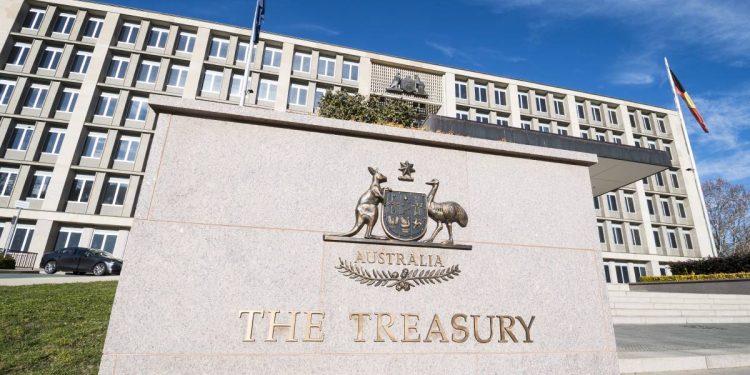Consultation Paper on Sustainable Investment Product Labels
The Australia Treasury releases a consultation paper on sustainable investment product labels, aimed at soliciting opinions from market participants on the sustainable product labels.
The Australian Sustainable Finance Roadmap prioritizes the development of sustainable investment product labels and plans to officially implement it in 2027 to help investors identify and compare sustainable investment products.
Related Post: Australia Releases Sustainable Finance Strategy
Background of Sustainable Investment Product Labels
In 2023, Australia had a total of $1.6 trillion in responsible investment assets, and sustainable investment funds recorded net inflows in both 2024 and the first quarter of 2025 (global sustainable funds recorded outflows). The diversity of sustainable investment methods may make it difficult for investors to compare different products, and investors often lack the skills, resources, and time to validate sustainability statements. Some studies show that 58% of investors do not know how to compare sustainable investment methods, 55% believe that sustainability statements can be confusing, and 34% believe that the source of sustainable information is the biggest challenge.
The development of Australia’s sustainable finance taxonomy and climate-related financial disclosure requirements is improving the transparency of sustainable disclosure. The sustainable investment product labels released this time will help investors make investment decisions. The issuer of investment products needs to provide a series of information to facilitate the selection and comparison of products. In addition, product labeling will also refer to sustainable product labels issued by jurisdictions such as the United States, the European Union, and the United Kingdom to improve interoperability. For example, the United States requires funds that use ESG terminology to invest 80% of their funds in such assets, while in the United Kingdom, this value is 70%.
Introduction to Sustainable Investment Product Labels
The Australia sustainable investment product labels are divided into the following aspects:
- Sustainable investment methods: The goal of sustainable investment methods is to ensure that investors understand sustainability statements. The Global Sustainable Investment Alliance (GSIA) report shows that ESG integration (30%), engagement (30%), and negative screening (24%) are the most widely used sustainable investment methods. There are two options for future sustainable investment methods: one is based on global sustainable investment methods, such as the United Nations Sustainable Development Goals (UN SDGs) or Principles for Responsible Investment (PRI), and the other is based on the issuer’s choice. The former will standardize a fixed sustainable investment method selection space, while the latter will increase product costs as issuers need to provide more detailed evidence.
- Use of product labels by issuers: Sustainable investment product labels will be applicable to various financial products, including stocks, bonds, insurance, derivatives, etc. There are two options for using product labels in the future: first, all products will be included in the labels, and second, only sustainable products will use the labels. The former will balance the compliance costs of different products, while the latter will increase investors’ attention to the elements (names, goals, methods, etc.) of sustainable products.
- Evidence required for applying product labels: Product label evidence can increase investors’ confidence in sustainable information disclosure. This evidence can be divided into two categories: one is the labelling framework, which directly specifies the investment type and investment threshold, and the other is the principle-based framework, which provides credible evidence from the issuer. The former can provide certainty, while the latter can enhance the flexibility of sustainable practices. At present, the UK’s sustainable investment product labels use a principle-based framework, and issuers need to establish a set of sustainable performance measurement standards. The principle-based framework can reduce the risk of greenwashing by adding third-party assurance or rating.
Reference:
Sustainable Investment Product Labels Consultation Paper
ESG Advertisements Contact:todayesg@gmail.com








